Portfolio item number 1
Short description of portfolio item number 1
Short description of portfolio item number 1
Short description of portfolio item number 2 
Published in Modern Clinical Nursing, 2022
This paper is about exploring the evolution law for risk perception of medical staff during public health emergencies so as to provide decision support for assessing the risk perception status of medical staff, predicting their behavioral changes and guiding their emotional responses.
Recommended citation: Li YQ, Gu JN, Sun YM, Shao J, Dang Y, Guo JM, Jin YW, Hu GY, Sun HY. (2022). "Evolution of risk perception of medical staff during public health emergencies: a qualitative study." Modern Clinical Nursing. 21(08):43-47. https://d.wanfangdata.com.cn/periodical/ChlQZXJpb2RpY2FsQ0hJTmV3UzIwMjMxMjI2Eg94ZGxjaGwyMDIyMDgwMDcaCG1pOW43MjZz
Published in Chinese Journal of Nursing Education, 2023
This paper is about systematically evaluate the level of public perception of the risk of the novel coronavirus pneumonia epidemic and the response behavior of various countries.
Recommended citation: Jin YW, Sun HY, Ji Y. (2023). "Public risk perceptions and coping behaviors in novel coronavirus pneumonia outbreaks: a systematic review." Chinese Journal of Nursing Education, 614-619. https://d.wanfangdata.com.cn/periodical/ChlQZXJpb2RpY2FsQ0hJTmV3UzIwMjMxMjI2Eg96aGhsankyMDIzMDUwMTgaCG1pOW43MjZz
Published in Vessel Plus, 2023
The purpose of this study is to develop a deep recurrent neural network (RNN) model with optimal feature set of photoplethysmogram (PPG) and electrocardiogram (ECG) signals for continuous BP estimation.
Recommended citation: Chen H, Lyu L, Zeng Z, Jin Y, Zhang Y. Beat-to-beat continuous blood pressure estimation with optimal feature set of PPG and ECG signals using deep recurrent neural networks. Vessel Plus. 2023; 7: 21. http://dx.doi.org/10.20517/2574-1209.2023.30 https://www.oaepublish.com/articles/2574-1209.2023.30
Published in Online Journal of Robotics & Automation Technology, 2024
This study aims to investigate the effects of cold pressor test (CPT) on heart rate (HR) and HR variability (HRV).
Recommended citation: T Xiang, ZJ Liu, YW Jin, N Ji and YT Zhang*. Wearables Cardiovascular Monitoring: Effects of Cold Pressor Test on Heart Rates Estimated From ECG, PPG and IPG Signals. On Journ of Robotics & Autom. 2(4): 2024. OJRAT.MS.ID.000541. https://irispublishers.com/ojrat/fulltext/wearables-cardiovascular-monitoring-effects-of-cold-pressor-test-on-heart-rates-estimated-from-eCG-pPG-and-iPG-signals.ID.000541.php
Published in IEEE Journal of Biomedical and Health Informatics (JBHI), 2024
McBP-Net, a deep learning model using a hybrid CNN-LSTM architecture with multimodal signals and handcrafted features, significantly improves the accuracy of continuous beat-to-beat blood pressure estimation, achieving promising results for wearable cuffless BP measurements and outperforming existing methods in both accuracy and computational efficiency.
Published:
This research project was conducted as part of the National College Student Innovation and Entrepreneurship Practice in China. It centered on the creation of a home care guide for elderly individuals with dementia. My responsibilities within this project included:
Published:
This research project, supported by the Beijing Natural Science Foundation Committee, involved a qualitative study concentrating on the public’s preventive actions and responses to major public health emergencies. We conducted in-depth interviews across China and meticulously analyzed the gathered data to enhance our research. My contributions to this study encompassed two primary areas:
Published:
This research is a four-year project funded by the National Natural Science Foundation of China, with a focus on public health management. My responsibilities during the preparatory phase included:
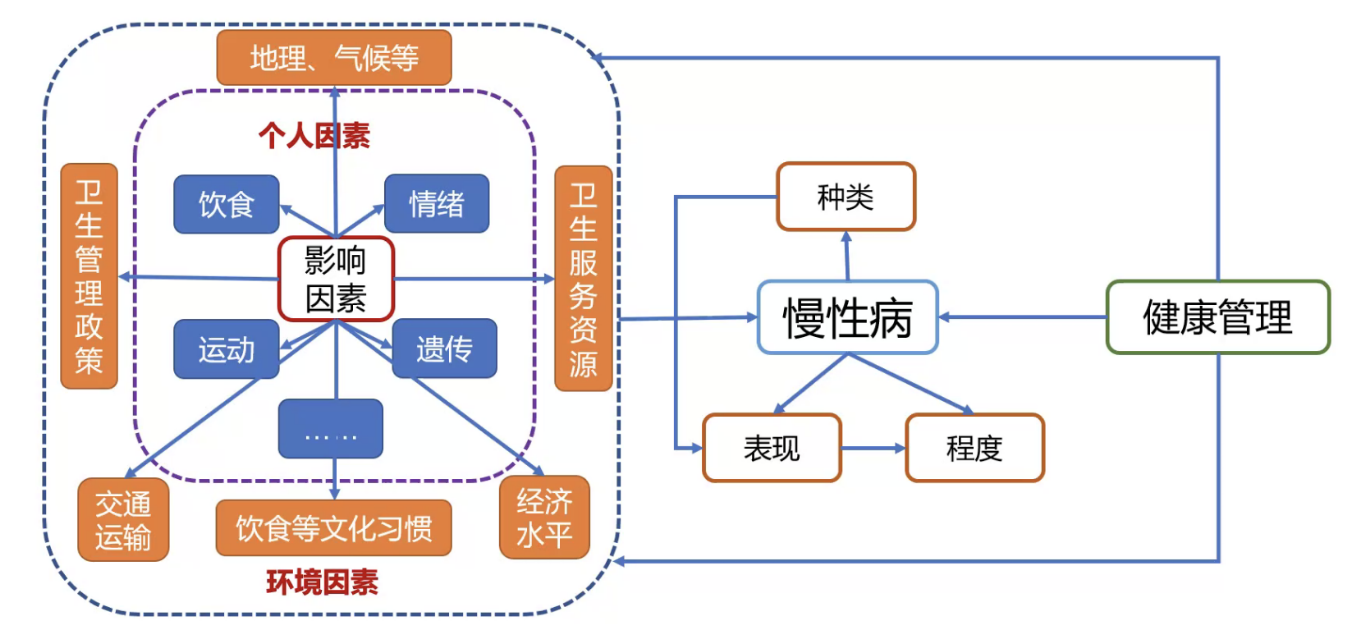
Published:
This research marked a significant milestone in my transition from Nursing to Biostatistics, as it introduced me to the world of signal processing and machine learning for disease estimation. I am deeply grateful to Prof. ZHANG for his invaluable guidance and patience throughout this project. My work during this period encompassed three main components:
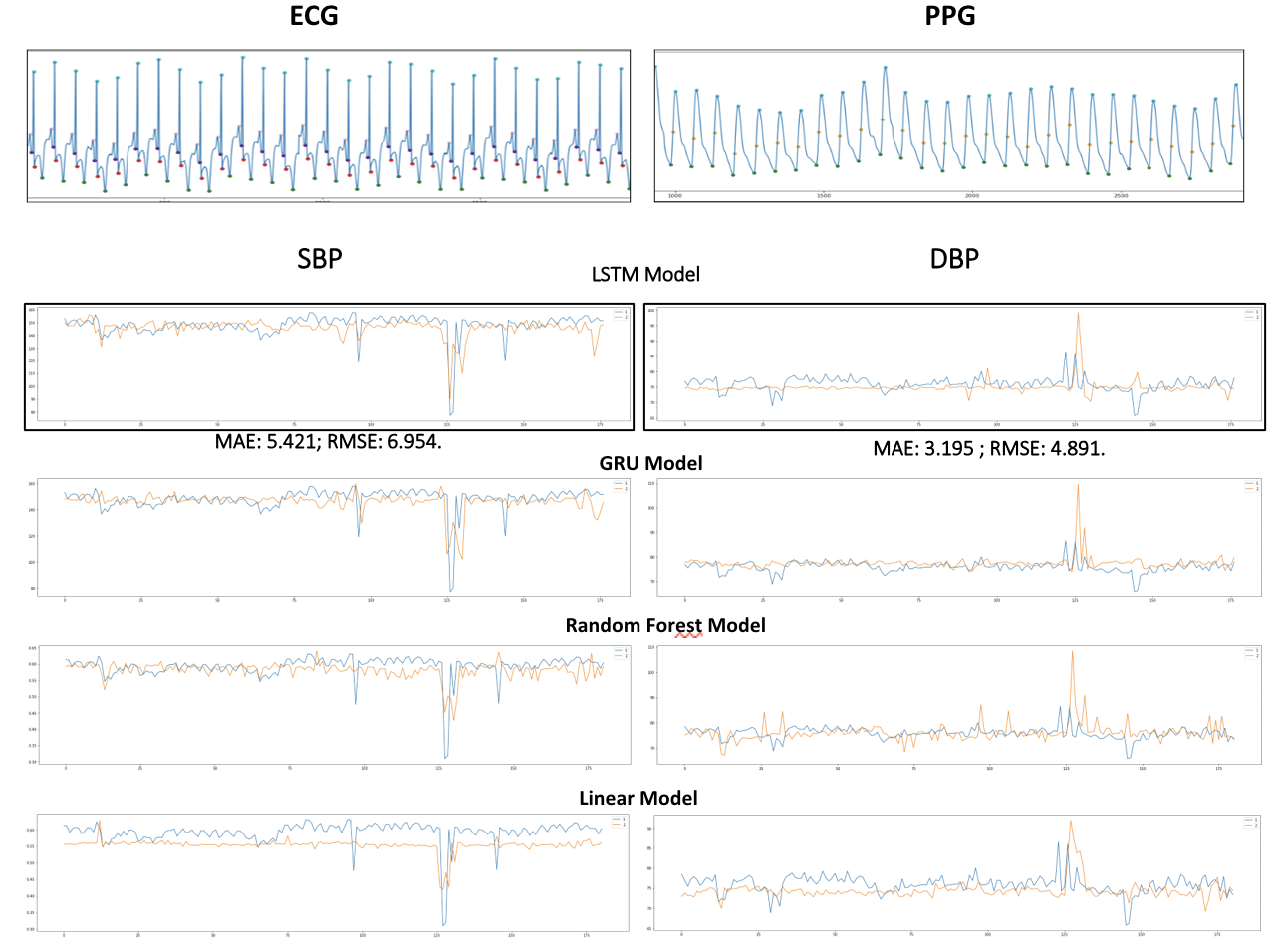
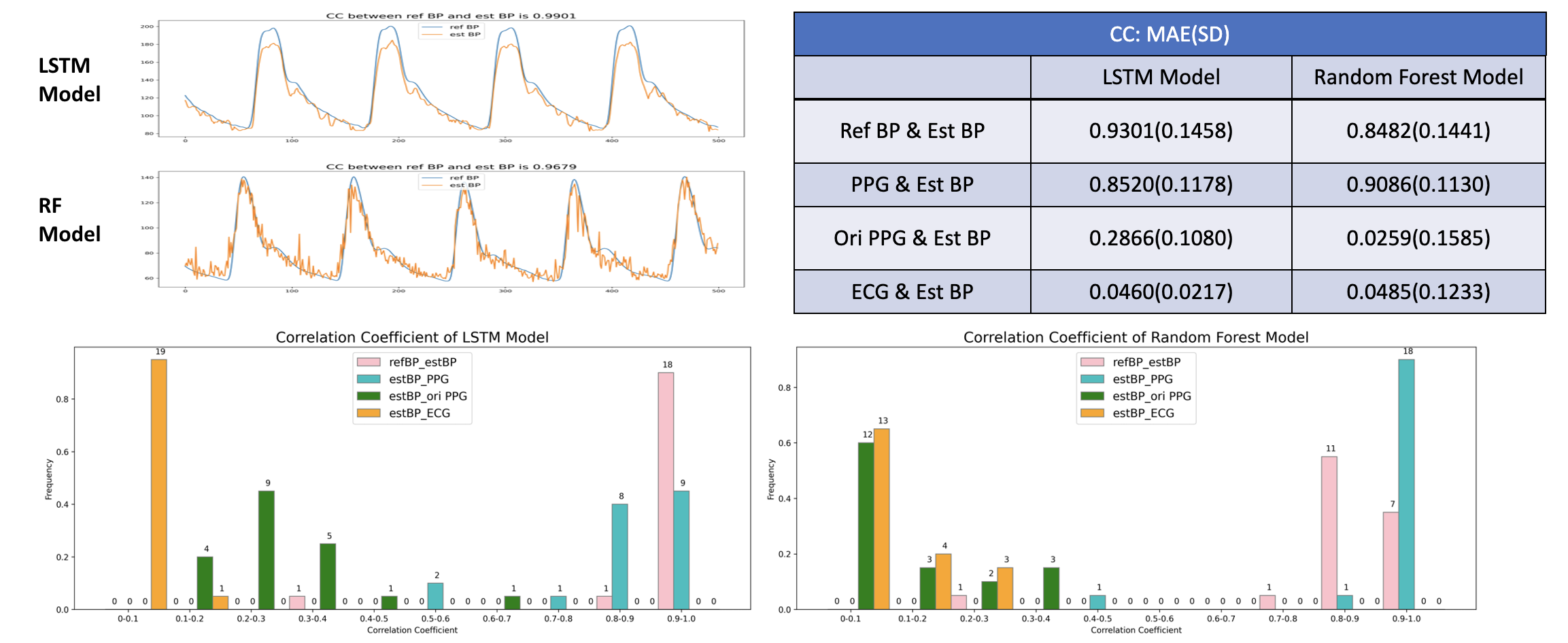
Published:
In this project, we utilized the MIMIC-IV dataset to develop a machine learning model for cardiovascular disease (CVD) classification. My responsibilities encompassed:
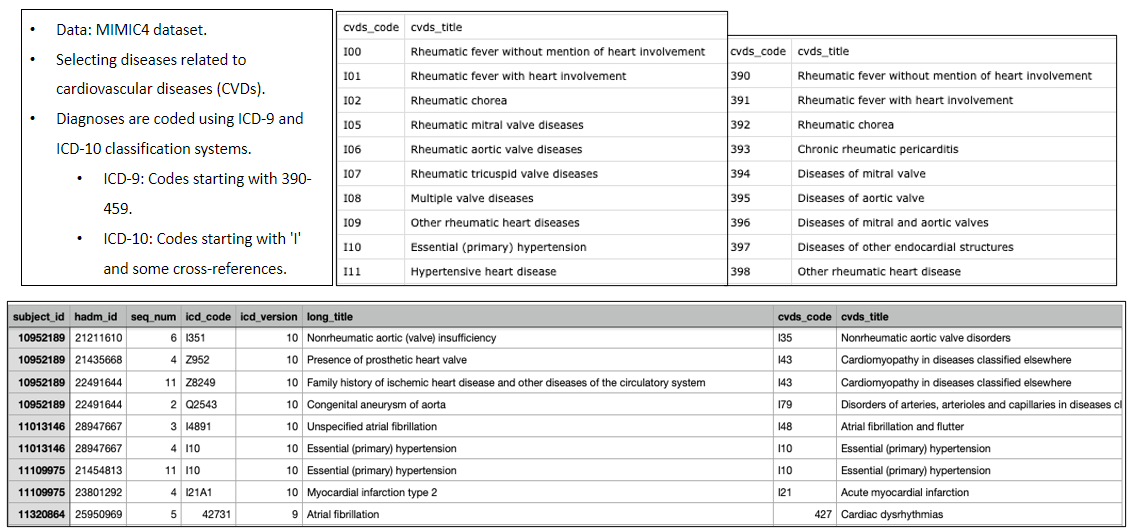
Published:
This project is part of the HKSTP Ideation program, and our primary goal is to enhance the accuracy of non-invasive daily blood glucose estimation methods. My specific contributions to this project involve:
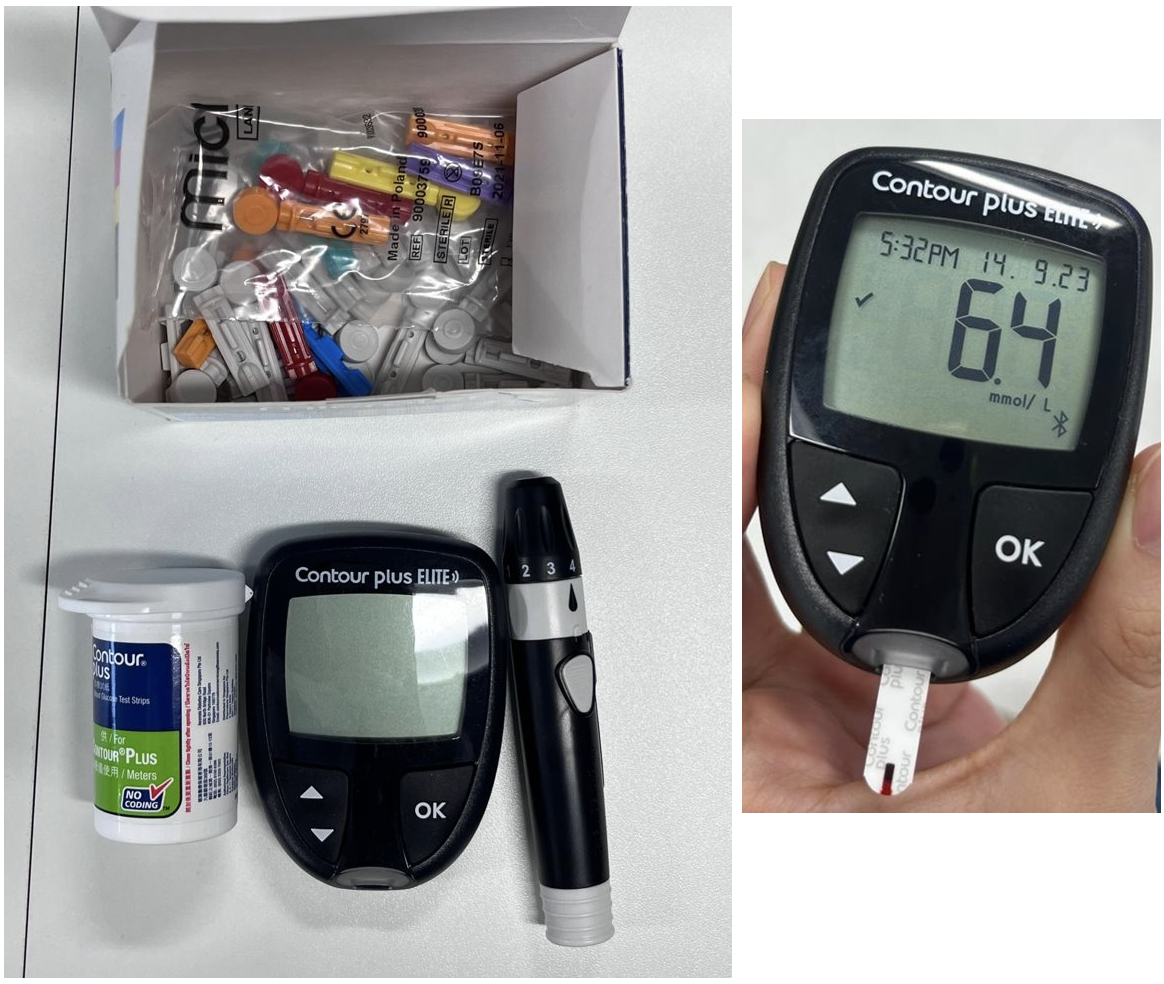
Published:
This is part of Ms. XIANG Ting’s PhD program at City University, where we employ a variety of physiological signals, including PPG, ECG, IPG, and temperature, to estimate blood pressure using both machine learning and mathematical models. The data for all subjects was obtained from COCHE Lab, and my contributions to this project encompass the following tasks:

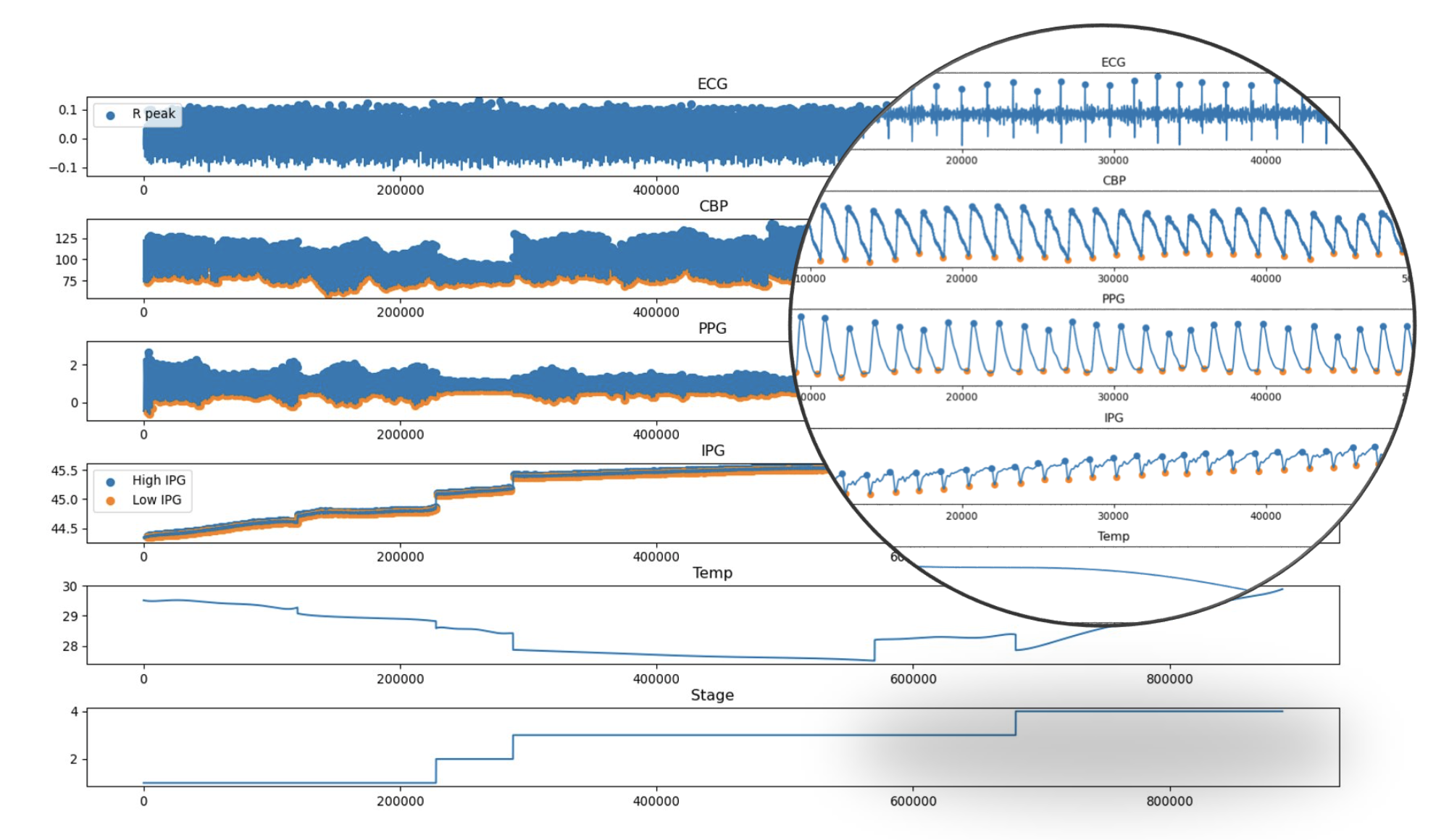
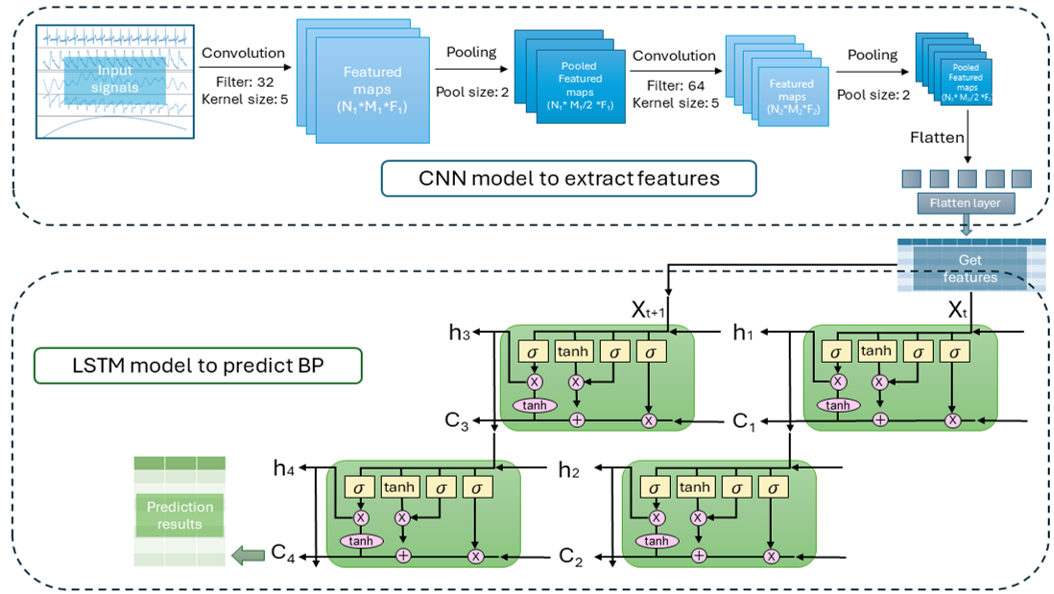
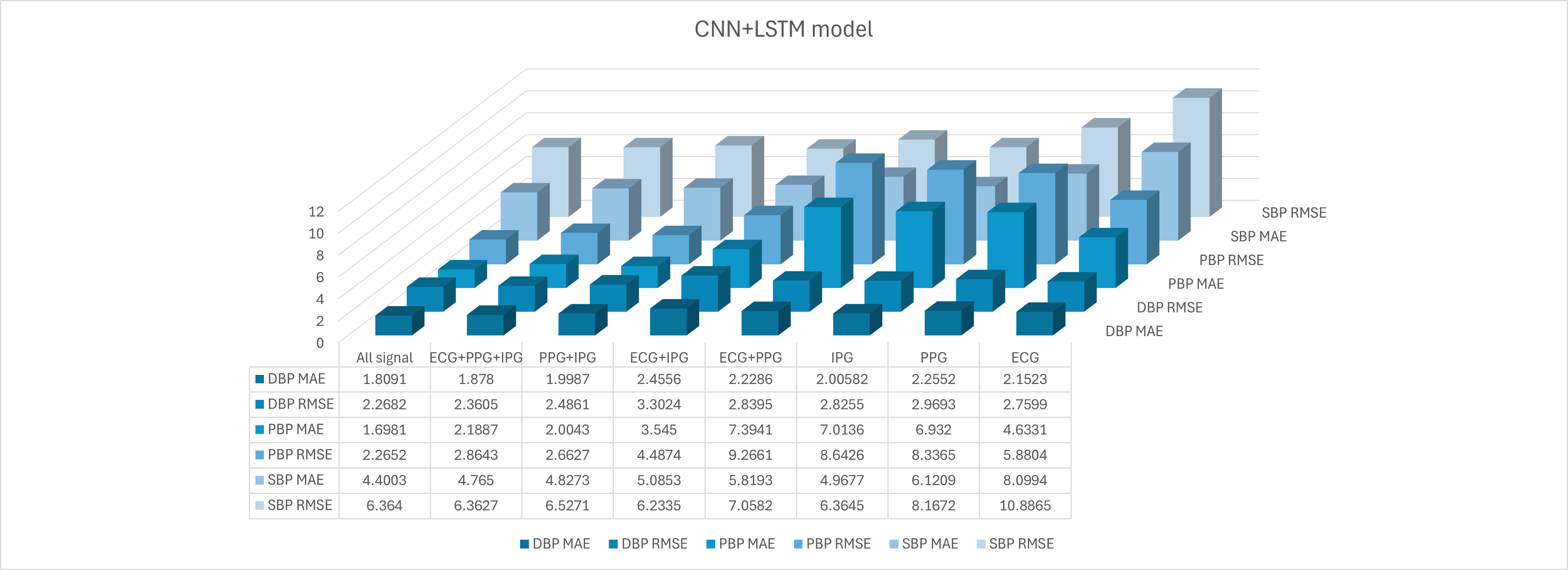
Published:
This is part of Ms. HUANG Ke’s PhD program at City University of Hong Kong, where we are focused on using EEG and other multi-modal signals from open-access datasets to predict epileptic seizures using machine learning models. My contributions to this project include the following tasks:

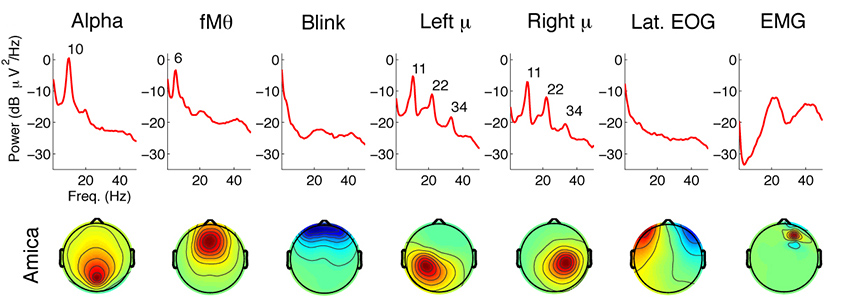
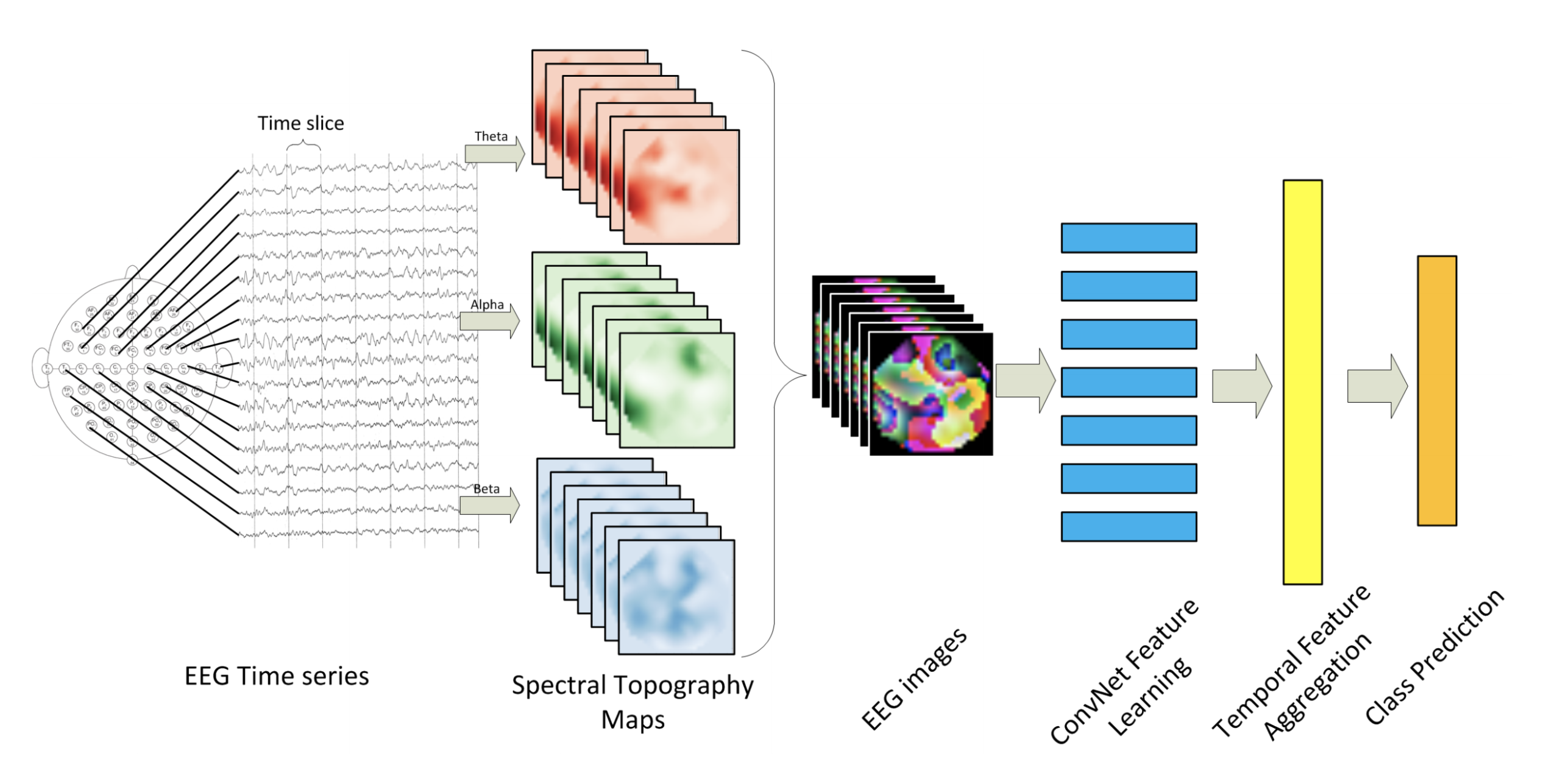
Undergraduate course, University 1, Department, 2014
This is a description of a teaching experience. You can use markdown like any other post.
Workshop, University 1, Department, 2015
This is a description of a teaching experience. You can use markdown like any other post.